The Ceramic Tableware Market is currently characterized by a dynamic competitive landscape, driven by innovation, sustainability, and consumer preferences for high-quality products. Key players such as Noritake (Japan), Royal Doulton (GB), and Corelle Brands (US) are actively shaping the market through strategic initiatives. Noritake (Japan) has focused on enhancing its product lines with eco-friendly materials, which aligns with the growing consumer demand for sustainable options. Meanwhile, Royal Doulton (GB) has been leveraging its heritage and craftsmanship to appeal to premium segments, emphasizing artisanal designs that resonate with contemporary aesthetics. Corelle Brands (US) has adopted a digital-first approach, enhancing its e-commerce capabilities to reach a broader audience, thus reflecting a shift towards online retailing in the ceramic tableware sector.
The business tactics employed by these companies include localizing manufacturing to reduce costs and optimize supply chains. The market structure appears moderately fragmented, with several players competing for market share. However, the collective influence of these key players is significant, as they set trends and standards that smaller companies often follow. This competitive environment fosters innovation and encourages companies to differentiate themselves through unique product offerings and enhanced customer experiences.
In August 2025, Noritake (Japan) announced a partnership with a leading sustainable materials supplier to develop a new line of biodegradable tableware. This strategic move not only positions Noritake as a pioneer in eco-friendly ceramics but also caters to the increasing consumer preference for sustainable products. The collaboration is expected to enhance brand loyalty and attract environmentally conscious consumers, thereby strengthening Noritake's market position.
In September 2025, Royal Doulton (GB) launched a limited-edition collection inspired by global cultures, showcasing its commitment to diversity and inclusivity in design. This initiative is likely to resonate with consumers seeking unique and culturally rich products, thereby enhancing Royal Doulton's appeal in the premium market segment. The limited-edition strategy also creates a sense of urgency, potentially driving sales and increasing brand visibility.
In July 2025, Corelle Brands (US) expanded its distribution network by partnering with major online retailers, significantly enhancing its market reach. This strategic action reflects the ongoing trend towards digitalization in retail, allowing Corelle to tap into new customer segments and improve accessibility. The expansion is expected to bolster sales and reinforce Corelle's position as a leader in the ceramic tableware market.
As of October 2025, current competitive trends indicate a strong emphasis on digitalization, sustainability, and technological integration within the Ceramic Tableware Market. Strategic alliances are increasingly shaping the landscape, enabling companies to leverage shared resources and expertise. Looking ahead, competitive differentiation is likely to evolve from traditional price-based competition to a focus on innovation, technology, and supply chain reliability. Companies that successfully navigate these trends will likely secure a competitive edge in an ever-evolving market.


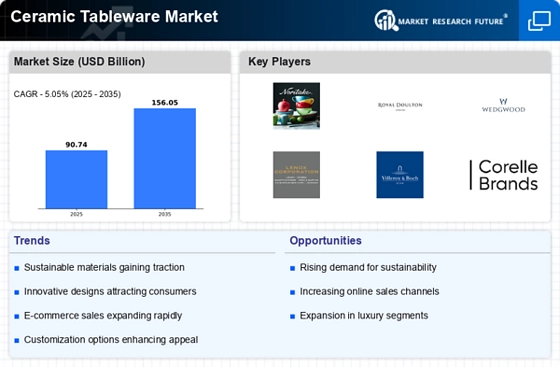
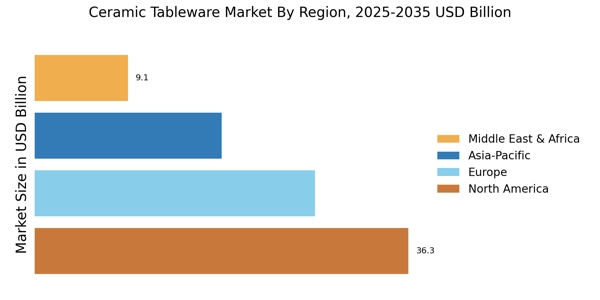
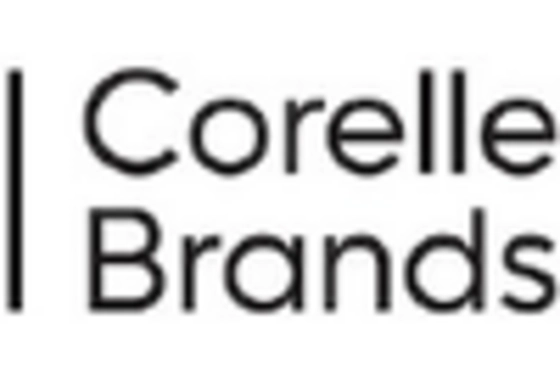

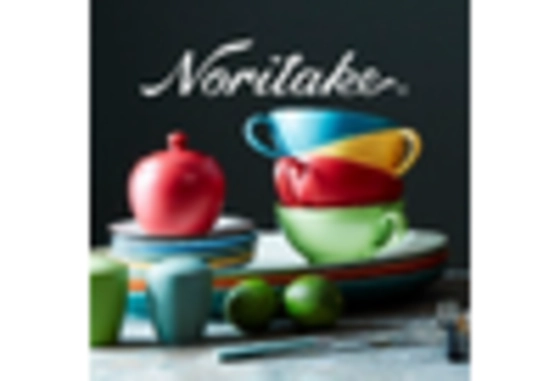

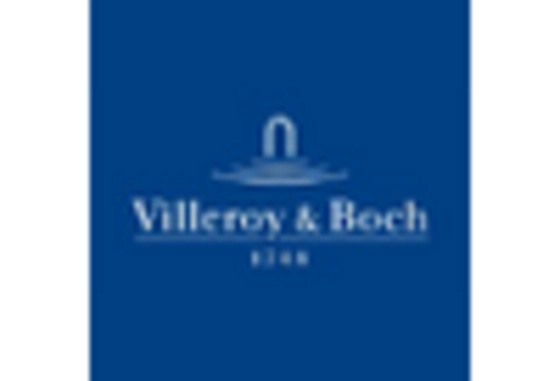









Leave a Comment